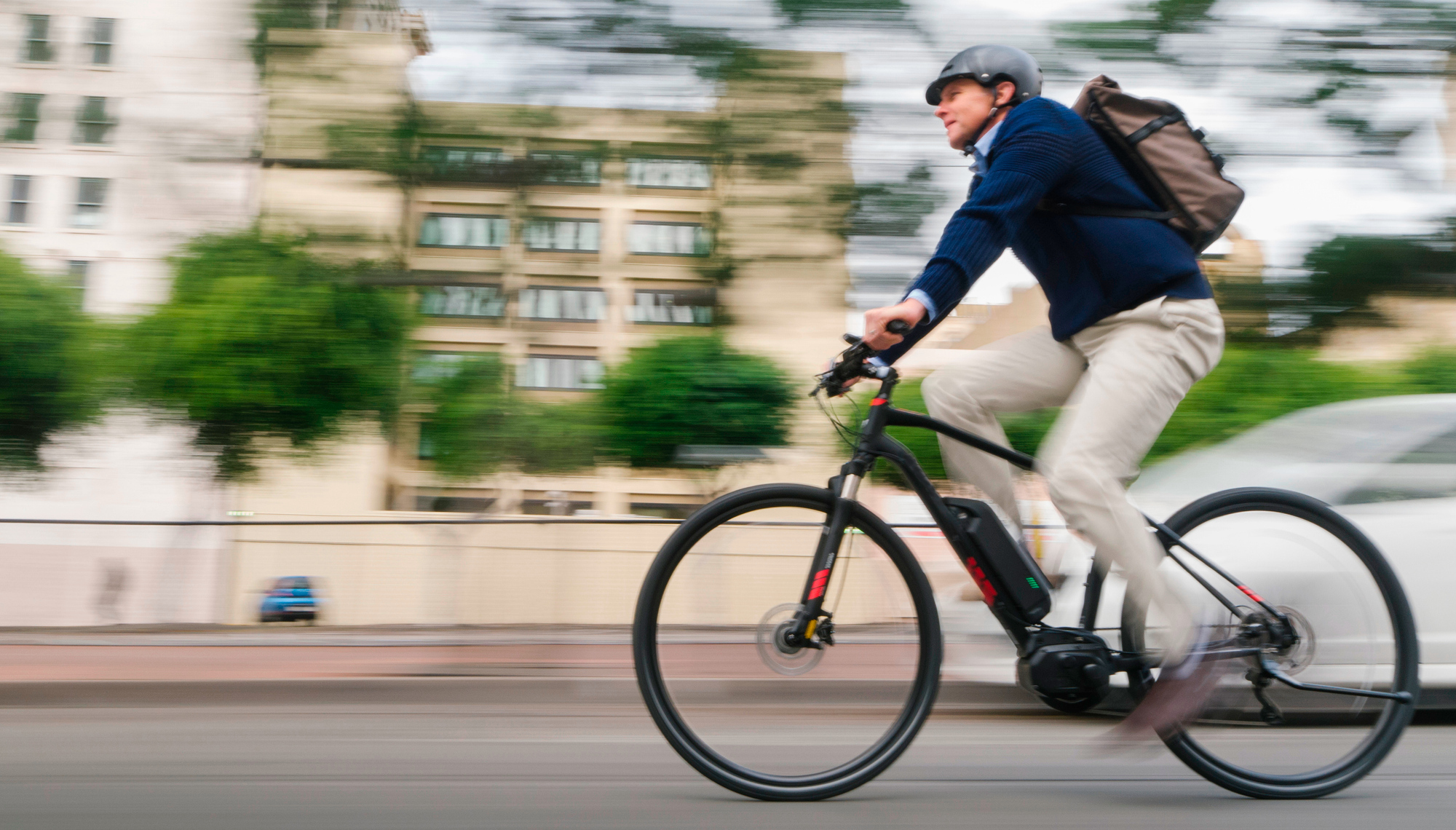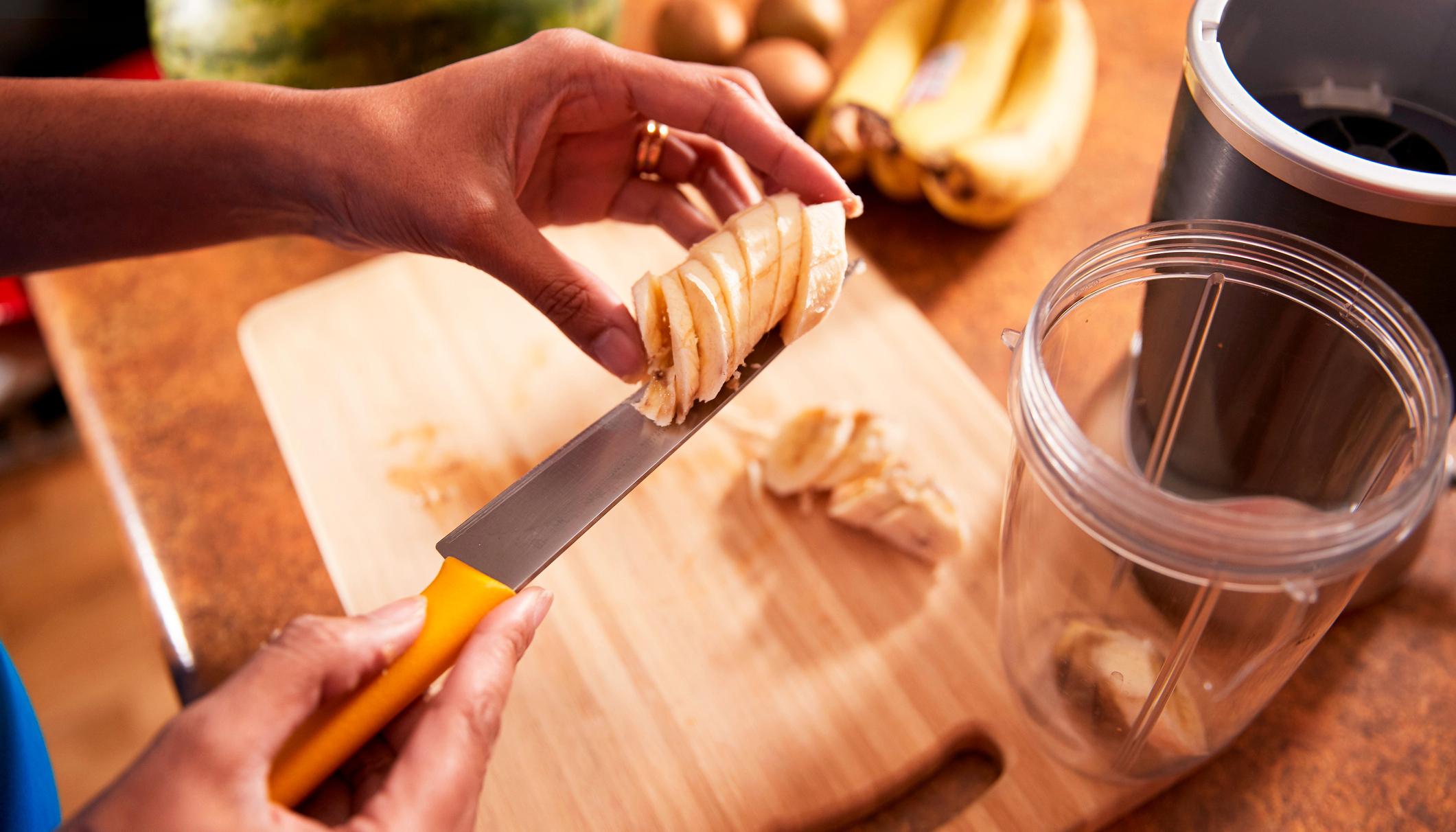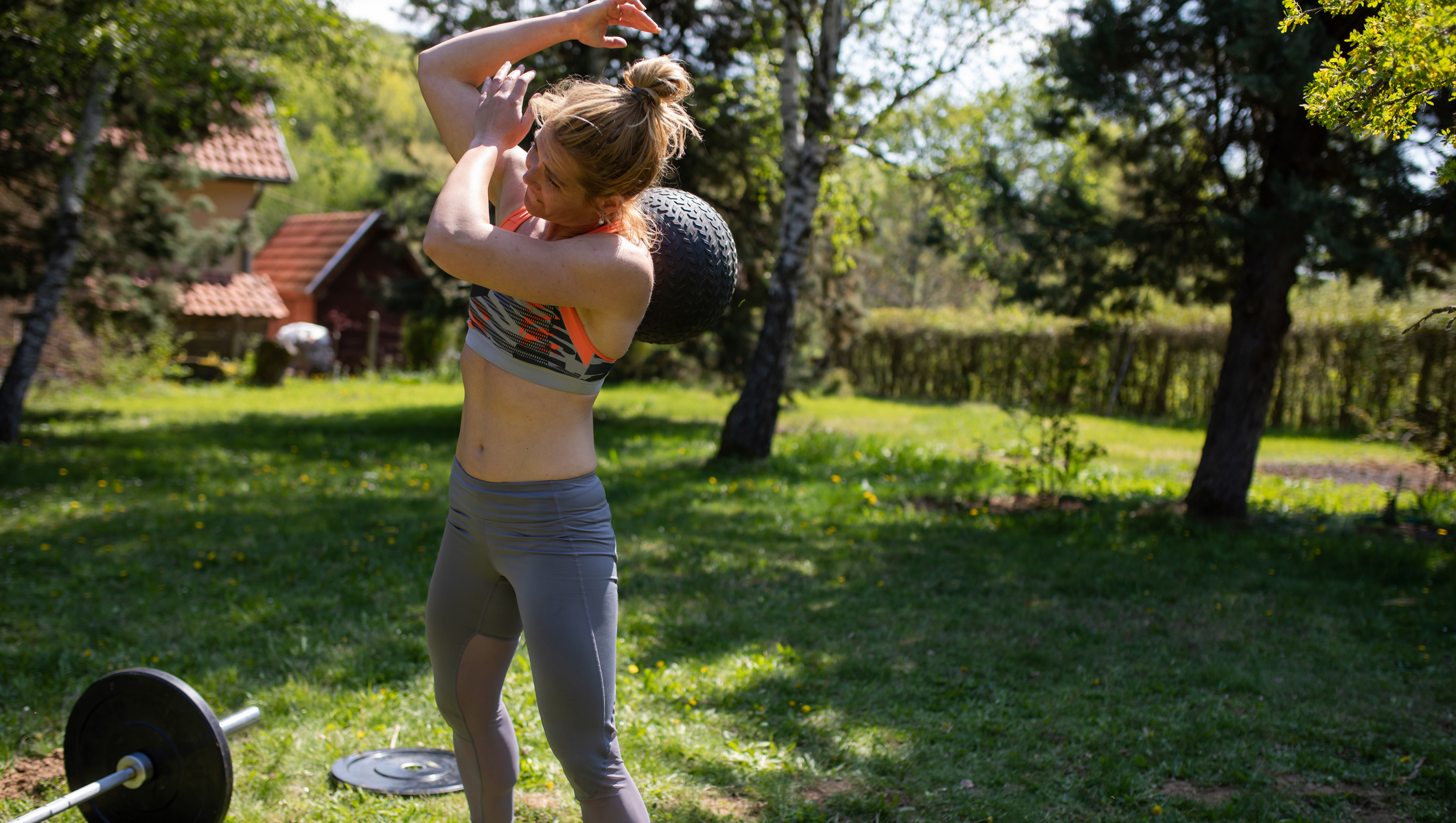How To Use Partial Reps Effectively
They may feel like cheating, but partial reps do have a beneficial training effect if used correctly, says Charles Poliquin.

Regular readers of my column won’t need reminding of this, but it is critical to perform lifts through a full range of motion to achieve maximal strength and hypertrophy gains. On the other hand, partial reps of certain movements do have an essential place in anyone’s training regime. But they have to be performed properly with a specific purpose in mind. Cheating at back squats doesn’t count.
Many successful Olympic lifters use partial reps in their training, and elite bodybuilders – such as Mr Olympia, Frank Zane, who performed quarter deadlifts to develop his erector spinae muscles – often use partial movements to boost muscle growth. Performing partial movements at certain stages of exercises can be highly effective, both for overcoming plateaus and for sports-specific training. For more advanced lifters, partial-range training enables you to work on a sticking point in the lift, which is the point where you are at your weakest.
Here are my top five reasons for incorporating partial reps into your workouts.
1. You can go heavier
You can use greater loads when performing partial-range movements than on full-range ones, which means you can select specific parts of the range of motion of an exercise where you are the strongest and use weights that will appropriately overload that range. For example, if you always train with full squats, you will miss the opportunity to maximally overload the top range of the movement by doing quarter squats.
2. Beat sticking points
The sticking point is the weakest point of a lift, such as the bottom position of a bench press. Because the amount of weight you can lift is often limited by how much can be used though the sticking point, using partial range of motion is one of the best approaches to work this area.
For example, if you are weak in the start position of biceps curls, perform them on a preacher bench with the triceps resting surface set at 45-60˚ and do only the first 45˚ of range of motion with an extremely heavy load. Make sure the movements are done slowly over that limited range to bring about maximal intramuscular tension, and avoid choppy movements because they can injure your tendons.
3. Overcome inhibitions
Doing partial reps disinhibits the nervous system. Extremely heavy partials at the top of the range – also known as lockouts – will help you overcome the inhibition of feeling a great load on your spine. Powerlifters use it on squats and bench presses for that purpose when peaking for a competition, because after performing partials the weights will feel lighter when you remove the barbell from the supports to prepare to lift.
Get the Coach Newsletter
Sign up for workout ideas, training advice, reviews of the latest gear and more.
4. Competition boost
Partial-range training can be used in season for athletes just before major competitions because it doesn’t exhaust an athlete as much as full-range exercises. Being able to use heavy weights before a major competition also provides a psychological advantage, since athletes will be confident they are still strong.
5. Rehab reps
US national weightlifting coach Carl Miller uses partial-range training for athletes in rehab at his gym in New Mexico. Rather than tell an injured client to avoid strength training exercises, Miller will find a range of motion his client can perform, and then gradually increase this range, as much as pain will allow, until the injury is healed.

Joe Warner is a highly experienced journalist and editor who began working in fitness media in 2008. He has featured on the cover of Men’s Fitness UK twice and has co-authored Amazon best-sellers including 12-Week Body Plan. He was the editor of Men’s Fitness UK magazine between 2016 and 2019, when that title shared a website with Coach.









